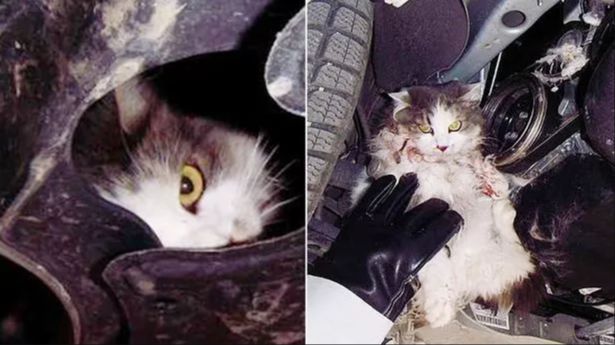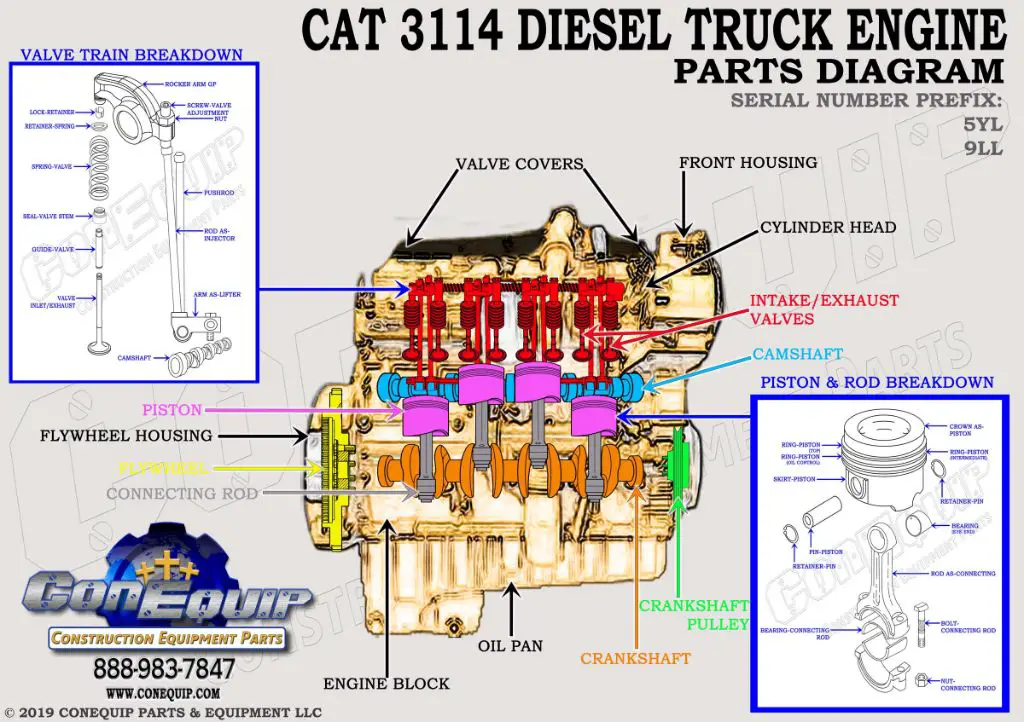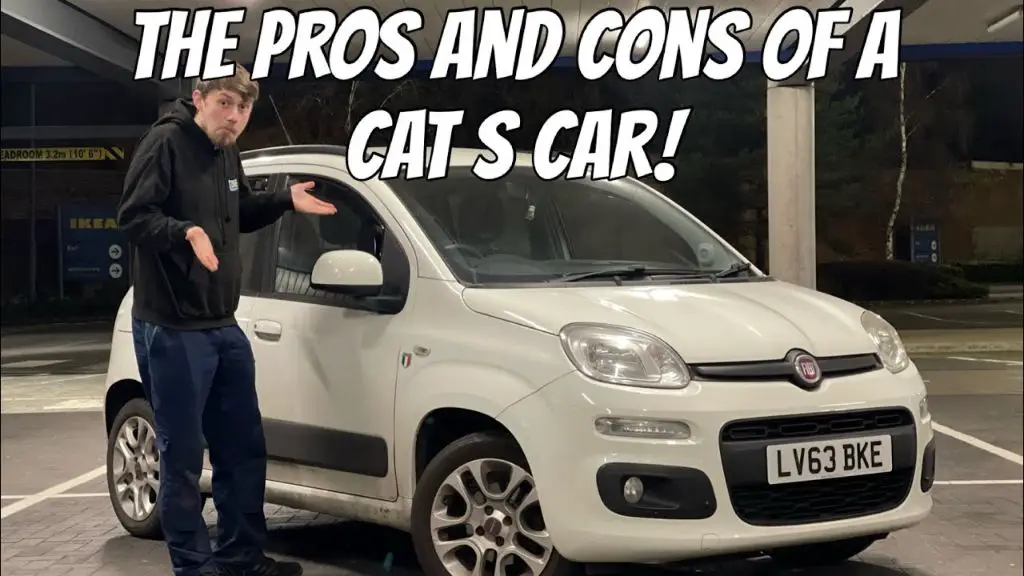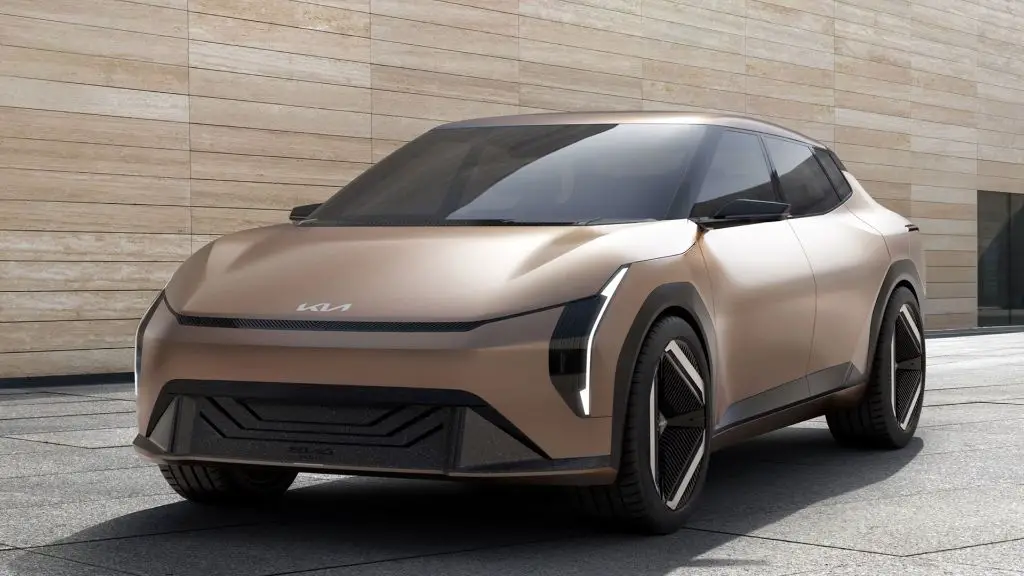What are cat x cars?
Category X, also known as Cat X, refers to vehicles that have been deemed total losses by insurance companies and issued with a Category X classification. These are typically vehicles that have been involved in an accident, fire, flood, or other incident that has caused extensive damage.
Cat X cars differ from regular used cars in that they have suffered severe structural damage and have been written off by insurers. Once a car receives a Cat X classification, the insurance company takes possession of the vehicle and its title is branded as salvage. The cars are then auctioned off to auto salvage specialists or repair shops.
According to Raw2k, Category X classifications are typically given to stolen and recovered vehicles or vehicles involved in an accident, fire or flood that causes extensive damage. These cars are considered too structurally damaged and unsafe to be put back on the road without major repairs.

So in summary, Cat X cars have endured extreme damage, been deemed total losses, and sold at auction to salvage specialists. Their titles are branded as salvage, distinguishing them from regular used and pre-owned vehicles.
History of cat x cars
The category X classification for salvage vehicles originated in the UK. It was first introduced in the early 2000s as a way to categorize stolen and recovered vehicles being sold at salvage auctions. According to Raw2k, the Category X designation was created by the Association of British Insurers (ABI) and is primarily used in the UK and Ireland.
The ‘X’ stands for vehicles that have been stolen and recovered, but not yet inspected or repaired. Category X provides a way to differentiate these stolen and recovered vehicles from other types of salvage vehicles. The ABI established Category X as part of a broader classification system (Categories A-D) for rating the extent of damage to salvage vehicles.
By creating the Category X designation, the ABI aimed to provide more information and transparency to buyers about the history and condition of vehicles sold at salvage auctions. This helped ensure that stolen and recovered vehicles were sold appropriately as salvage, rather than potentially being resold without disclosing their history. The Category X classification enabled a clear process for managing and remarketing stolen recovered vehicles through the salvage vehicle industry.
How cat x cars work
Cat x cars work much like any other standard car in terms of the mechanics and engineering that allows them to move. They have a powertrain consisting of an engine and transmission to propel the vehicle. The engine commonly runs on gasoline or diesel fuel, providing power by combusting the fuel, with the resulting energy turned into rotational force to turn the wheels. The transmission uses gears to transfer this rotational force to the drive wheels, controlling the speed and torque delivered based on its gearing design. Cat x cars utilize braking systems with brake pads, rotors, calipers and hydraulic lines to slow the vehicle. They also have a suspension system including springs, shock absorbers and linkages that allows the wheels to move vertically over uneven road surfaces. The steering system turns the front wheels left or right using a steering wheel, steering column, tie rods, and rack and pinion gearing to steer the vehicle.

Overall, cat x cars rely on the same fundamental mechanical principles and components as any other road-going automobile. Their designation as “cat x” refers to their history and title status rather than anything unique in how they actually operate from an engineering standpoint.
Benefits of cat x Cars
Cat x cars provide several advantages over regular used cars. Here are some of the key benefits:
Cost Savings – Cat x cars can be purchased at a significant discount compared to similar non-damaged vehicles. This allows buyers to get a higher-end or newer model car for less money.
Repairable Damage – To receive a cat x designation, the car must have repairable damage that does not affect its structural integrity. Proper repairs can return the car to like-new condition at a fraction of the original price.
Rigorous Inspection – Cat x cars go through meticulous multi-point inspections to assess all repairs needed. This ensures all issues are identified and corrected before sale.
Warranties – Many cat x cars come with warranties on completed repairs, providing peace of mind to buyers.
Newer Parts – Damaged components are often replaced with brand new OEM or aftermarket parts during the repair process.
Good Value – After repairs, cat x cars can represent an excellent value purchase. Buyers get the car they want at a significant discount compared to non-damaged models.
Environmental Benefit – Purchasing a repaired cat x car keeps a viable vehicle on the road while reducing waste and resource use compared to manufacturing a new replacement.
Limitations of cat x cars

While cat x cars can seem like an economical option, there are some notable drawbacks and challenges that limit their popularity. According to a report, cat x cars are given this categorization when the insurer determines it would not be financially viable to fully repair the vehicle. This raises concerns about safety and reliability. Cat x cars may have structural damage that could compromise crash protection. There is also a risk of developing mechanical problems down the line that may be costly to fix.
Insurers categorize these vehicles as total losses for a reason – the repairs required often exceed the vehicle’s value. While cat x cars can be fixed up and passed as road worthy, buyers take on the uncertainty and risk associated with vehicles that have been in major collisions. Problems stemming from the original incident may pop up later. Compared to regular used vehicles with no accident history, cat x cars present more financial pitfalls.
Beyond the safety and reliability concerns, cat x cars can be difficult to insure and finance. Many insurance companies are hesitant to offer coverage on vehicles with salvage titles. Premiums are usually much higher as well. It is also challenging to qualify for auto loans given the high risk status of these cars. Most lenders will not finance cat x vehicles. These limitations make cat x cars far less accessible for the average car buyer compared to traditional used cars.
Safety concerns
When considering buying a category X car, an important question is “Are cat x cars safe to operate?” There can be risks involved depending on the specifics of the vehicle.
According to this source, category X cars have often sustained minimal or zero damage. For example, a car could be classified as category X after being stolen and recovered undamaged. So in many cases, cat X cars can still be safe to operate if they have been properly repaired and evaluated.
However, it’s important to be aware that category X doesn’t necessarily guarantee the car is damage-free. There could be underlying issues not visible on the surface. This source recommends having a thorough mechanical inspection done before purchasing a cat X car to check for any problems that could impact safe operation.
Overall, cat X cars can potentially be safe to drive if they’ve been properly assessed, repaired, and restored after the original incident. But it’s wise for buyers to be cautious and ensure due diligence is done to avoid any lurking safety issues.
Cost breakdown
How much do cat x cars cost? Breakdown of pricing.
The cost of cat x cars can vary greatly depending on the make, model, mileage, damage extent, and auction location. According to ASM Autos, cat x cars at salvage auctions often start at low prices, sometimes as little as a few hundred pounds. However, the final sale price can range from £500 up to £20,000 or more for high-end vehicles.
Some of the factors that influence cat x car pricing include:
- Vehicle make and model – Luxury and high-performance vehicles tend to command higher prices even when damaged. Mainstream brands are more affordable.
- Mileage – Lower mileage vehicles tend to sell for higher prices.
- Damage extent – A car with minimal damage will sell for much more than one with extensive damage.
- Repair costs – Vehicles requiring less work to get roadworthy again tend to get higher bids.
- Location – Auction locations with more buyer demand may see higher sale prices.
It’s important to have a thorough inspection done and get repair estimates before bidding on a cat x car to understand the true cost. While some can be fixed up relatively affordably, others require extensive repairs that may not be economically viable. Doing research is key to getting a good value cat x car.
Environmental Impact
Cat x cars can have a significant environmental impact due to their emissions and energy use. According to a UCLA study, cat x cars are responsible for 25-30% of the environmental impact from automotive transportation. This is comparable to the environmental impact of meat consumption by dogs and cats, which researchers estimate creates 64 million tons of carbon dioxide per year.
The manufacturing of cat x cars requires substantial energy and resources. Once on the road, a cat x car will emit greenhouse gases through its exhaust. The emissions from cat x cars are lower than traditional gasoline-powered vehicles but higher than electric vehicles. Their hybrid nature means cat x cars fall somewhere in between traditional and electric cars for lifetime environmental impact.
Advocates of cat x cars argue they provide an intermediate solution for reducing emissions until electric vehicle technology matures. Critics counter that cat x cars delay the transition away from fossil fuels. Strategies like carpooling and public transportation may have lower environmental impacts than individually owned cat x cars.
Overall, cat x cars represent a compromise between performance, convenience, and sustainability. While not emissions-free, they pollute less than older vehicles. However, cat x cars are not as green as biking, walking, or fully electric transportation options.
Future outlook

Cat x cars are expected to continue evolving and improving over time. Manufacturers are investing in research to enhance performance and efficiency. Widespread adoption of electric vehicles may reduce demand for catalytic converters in gas-powered cars. However, most industry analysts predict cat x cars will remain dominant for at least the next 10-15 years as electric vehicle costs decrease and charging infrastructure expands.
According to this article, sales of electric cars are increasing but slowly. So demand for cat converters in gas-powered cars is not expected to drop quickly in the near future. Hybrid vehicles combining electric and gas engines will likely help sustain cat x manufacturing as well.
As technology advances, cat x cars are expected to become even more efficient at reducing harmful emissions. Manufacturers continue investing in innovations like improved catalyst materials and engine calibration to optimize cat performance. Stricter emissions regulations globally will also drive improvements.
Overall, cat x cars are poised to remain integral to automotive design for years to come. But gradual adoption of electric vehicles and improving technology will shape the cat x market going forward.
Key manufacturers
The major companies currently producing cat x cars are Ford, Toyota, and General Motors according to The 10 Most Valuable Car Companies in the World. Ford is the second largest car manufacturer in the US behind General Motors and produces popular models like the F-150 pickup truck and the Mustang sports car. Toyota is the market leader in global vehicle sales and manufactures mainstream models like the Camry and Corolla as well as the Prius hybrid. General Motors produces brands like Chevrolet, GMC, and Cadillac and has been innovating with electric vehicles like the Chevy Bolt. Other major manufacturers with a presence in cat x cars include Honda, Nissan, Volkswagen, Hyundai, and Tesla.

